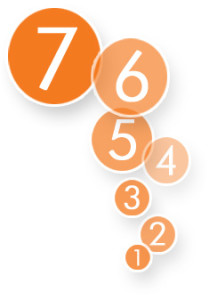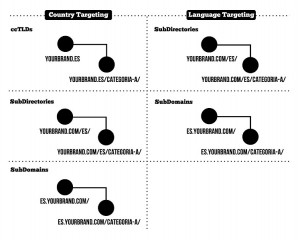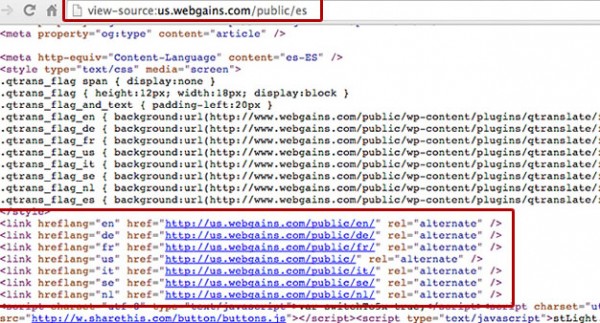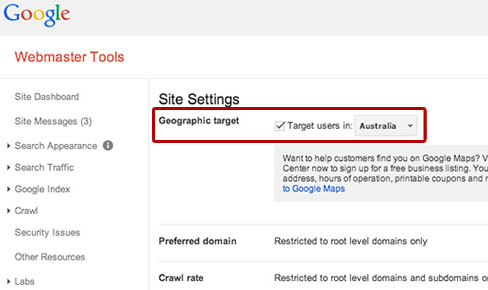Seven Simple Steps to Improve Your Content Marketing
It’s easy to think that content marketing is a puzzle that is so complex that you’ll never be able to solve it. Certainly, that’s the myth that many SEO and content marketing consulting firms tell their clients in order to convince them to use their services. eVisible takes a different approach: we want to demystify the content marketing process so you can understand exactly what we can do to quickly and effectively provide you with real results.
To help you out, we’ve pulled together a few very simple pointers that can help anyone to improve their content marketing and get results from their efforts — whether they are hiring a consultant to help or doing it themselves.
Keep Your Focus
It’s tough to create — or execute — a top-notch content marketing campaign if you aren’t sticking to your original plans and using your focus to execute tasks on schedule. Keep a to-do list of tasks that have to be done in order for your content marketing to succeed — and make sure that you stick with these deadlines as much as possible.
Don’t Worry About Negative Comments
If you create content that is being read by the public, there’s a good chance that you’ll get some negative feedback no matter how great the quality of your work. Dealing with critics is simply the nature of having work being read online. The good news is that people who nitpick every blog posts aren’t your real audience.
Keep Things Brief
People have a tendency to use too many words to express what could be said in a few. Readers have short attention spans and want you to get to the point as quickly as possible. If you struggle with brevity, you can use tools such as the Hemingway App (hemingwayapp.com) to check your writing for was it can be tightened. You can also simply read your content out loud to make sure it flows properly.
Be Excited About Your Writing
If you aren’t excited about the opportunity to use content marketing to reach potential customers, it will come through in your writing — this means that your readers won’t be enthusiastic at all. In fact, you can use your enthusiasm as a way to get readers engaged in your content. When you are thinking about story topics, figure out what makes you excited about your company and use this as a guide for the topics that you want to explore in your content marketing.
Always Write In Your Own Voice
As you read blogs to get ideas for your own content marketing, it’s common to pick up on the things that the best content marketers do that helps their work connect with their audience. While it’s great to learn from the best, you also don’t want to alter your unique voice in order to copy what other people are doing. These content writers are great because they have found their own unique voice. The more you write, the closer you’ll come to finding your own voice as well.
Be Honest With Your Readers
If someone is taking the time to read your content, you owe it to them to be upfront with them. This means not overselling your products and services or making false claims. This will always lead to angry readers.
Be Efficient With Your Content Marketing
You only have a certain amount of time each day to devote to content marketing, so it’s important to use your time wisely. Having a solid game plan will help you to use your time as efficiently as possible. Building a content calendar is a great way to make sure that your time each day is spent writing instead of hunting for topics. You can update this calendar regularly as new ideas pop into your mind.
 Posted on November 30, 2015
Posted on November 30, 2015
 Posted on May 12, 2015
Posted on May 12, 2015


 Posted on December 15, 2014
Posted on December 15, 2014 Posted on October 23, 2014
Posted on October 23, 2014
 Posted on October 20, 2014
Posted on October 20, 2014


